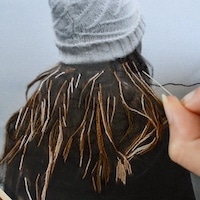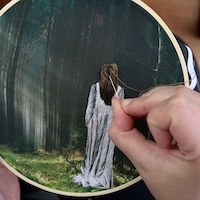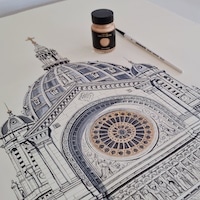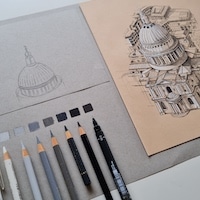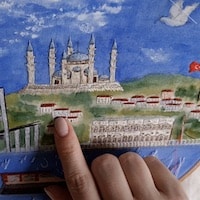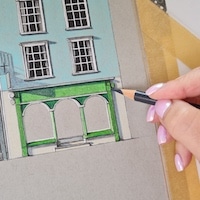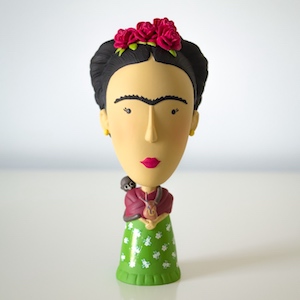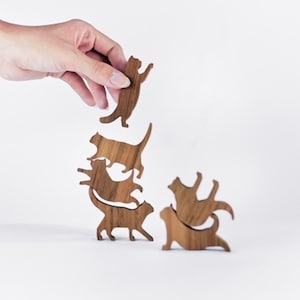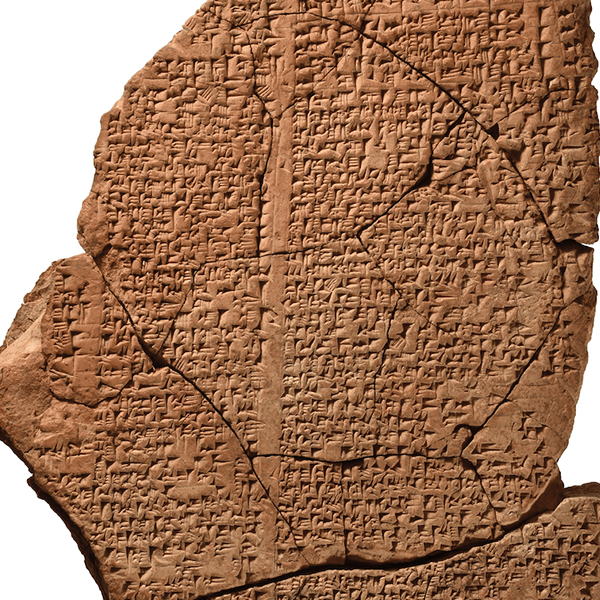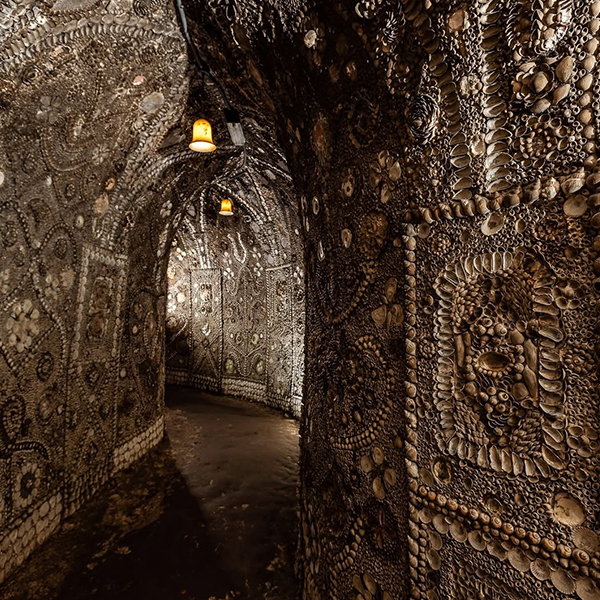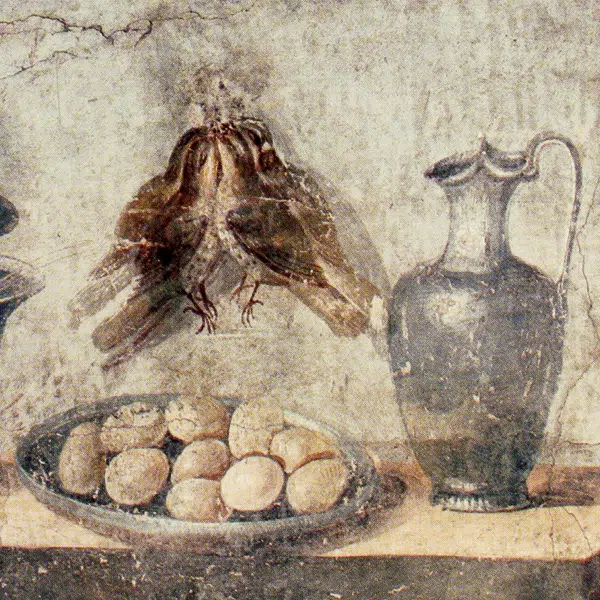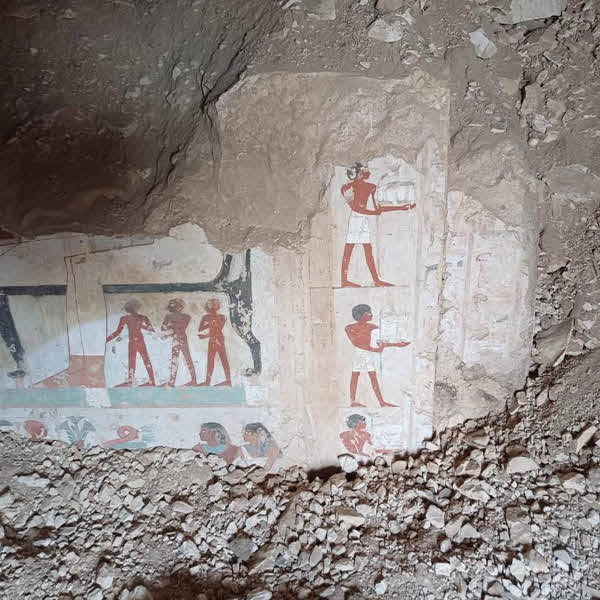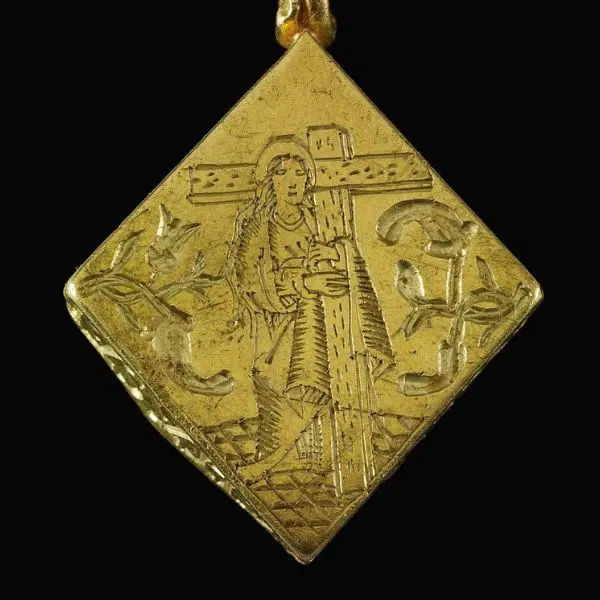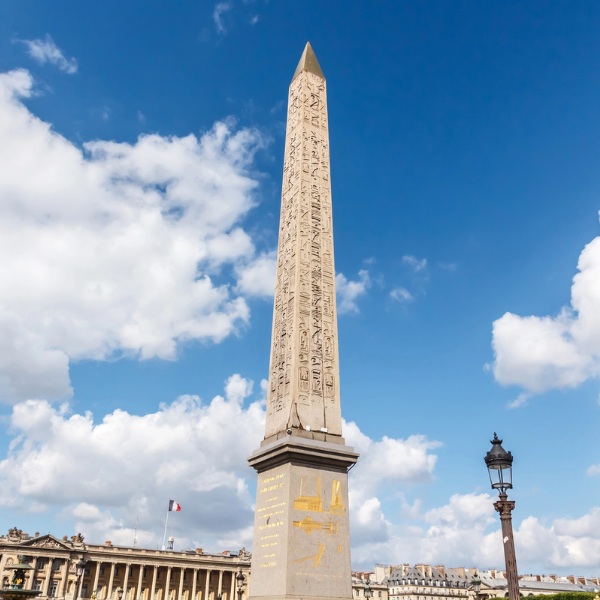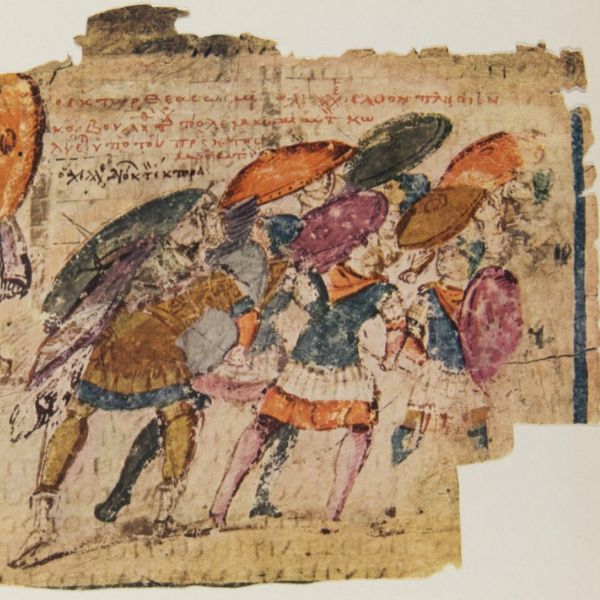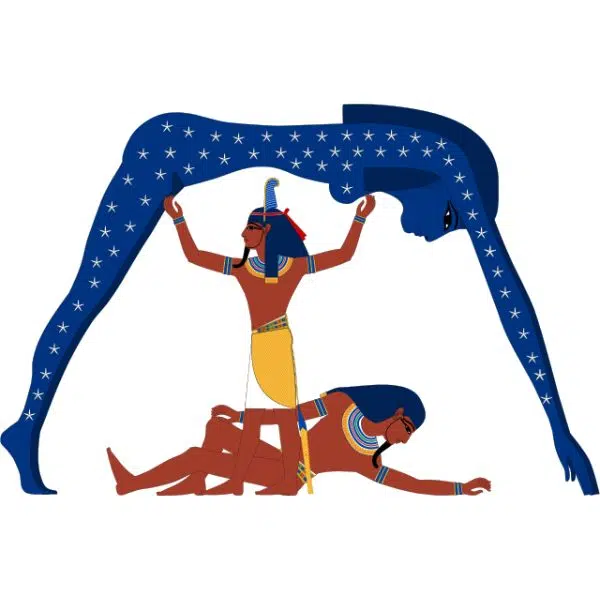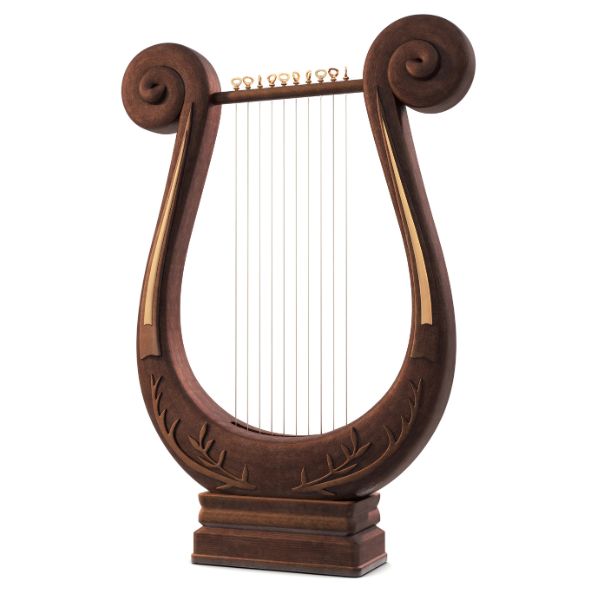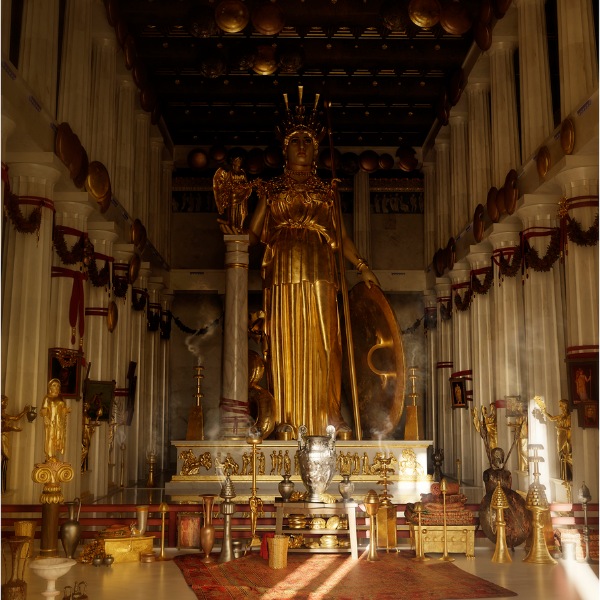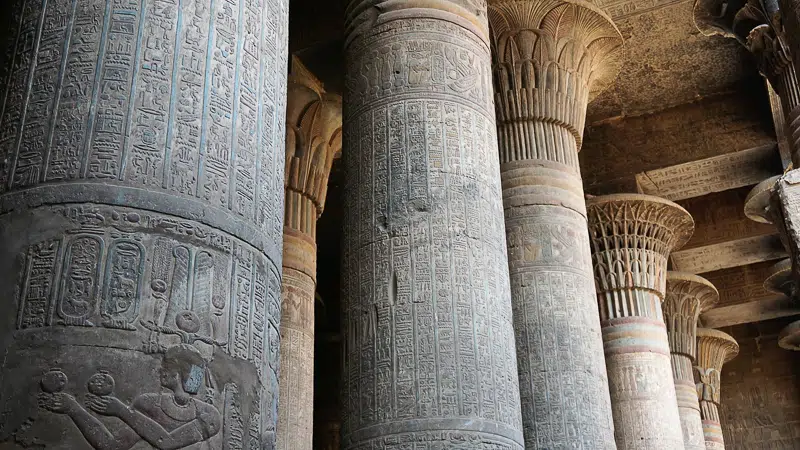
The Great Hypostyle Hall, the Temple of Khnum (“The Esna Temple”), Esna, Egypt. (Photo: Elias Rovielo via Flickr, CC-BY-NC-SA-2.0)
A 2,000-year-old temple in Egypt, buried under centuries of soot and forgotten history, has recently been revealed to contain shockingly well-preserved artwork and inscriptions rich in religious significance following extensive restoration efforts.
Located in the heart of Esna—a city in Upper Egypt—the Temple of Khnum was built in honor of the lesser-known local deity Khnum, a ram-headed god of creation, and his wife, Neith.
Originally constructed during the Ptolemaic period, the temple is most notable for its remarkably intact sandstone pronaos, or vestibule. Although work on the pronaos began in the early Roman period, its construction and decoration spanned centuries. The vestibule features six rows of four towering columns, each now revealing details long hidden by time.
Over time, after the temple presumably fell out of use, the pronaos was repurposed, serving as a shelter and a storehouse for cotton and ammunition. The site encountered significant degradation: fires lit inside blackened the ceilings with soot, sediment gradually buried the reliefs, and locals dismantled parts of the main sanctuary to build nearby canals.
Restoration work began in the 1950s under Egyptologist Serge Sauneron. However, the project halted after his death, and his documentation of the inscriptions ultimately wasn’t translated. Serious conservation didn’t resume until 2018 when the University of Tübingen partnered with the Egyptian Ministry of Tourism and Antiquities (MoTA) to launch a joint initiative.
The Egyptian-German team, tasked with both conservation and complete photographic documentation of the site, has cleaned the pronaos’s 18 interior columns, seven ceiling bays, and sections of the southern and western walls using distilled water and alcohol. As a result of the restoration, MoTA conservators exposed images and nearly 200 vividly painted inscriptions that had previously been obscured by dirt, damage, and dust.
Among their discoveries were hieroglyphs containing information about the cult of the gods of Esna that had remained unknown until then, as well as depictions showing how ancient Egyptians worshipped their gods and understood the universe through the astronomical and astrological symbols on the ceiling. In addition to inscriptions on the columns detailing various festivals and rituals, as well as hymns dedicated to the gods, particularly Khnum, the temple also holds narratives honoring Khnum’s role in creation.
With further study, scholars also found that the scenes and inscriptions throughout the temple are intentionally interconnected despite being decorated centuries apart. According to the specialists, there’s a possibility that a general master plan was developed after the completion of the pronaos to guide the decoration of the walls, columns, and ceilings.
In the coming years, the restoration team plans to conserve the inner pronaos fully, with significant progress already made on the ceiling, architraves, and several columns protected from birds. Should support and funding continue, the project will be completed within two to three years, marking a milestone in preserving the site for future generations.
The Temple of Khnum, located in Esna, Egypt, has recently undergone extensive restoration and revealed vivid artwork and inscriptions.
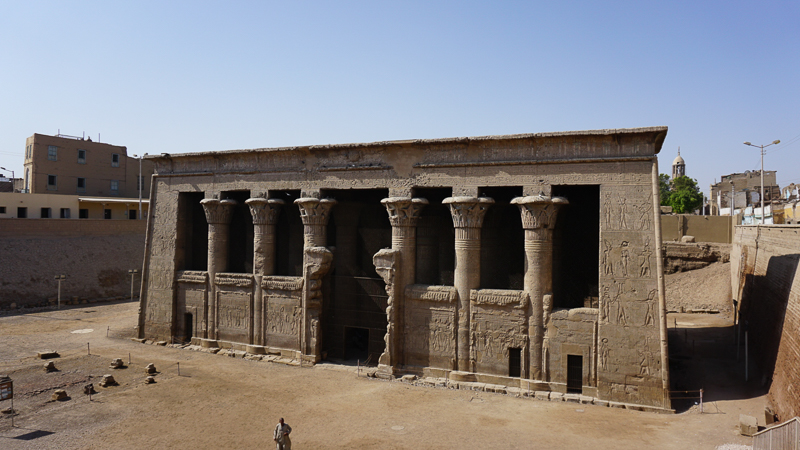
The Temple of Khnum (“The Esna Temple”), Esna, Egypt. (Photo: Elias Rovielo via Flickr, CC-BY-NC-SA-2.0)
Once damaged, dirtied, and repurposed, the restored sandstone pronaos now reveals detailed hieroglyphs about the deity Khnum and ancient rituals.
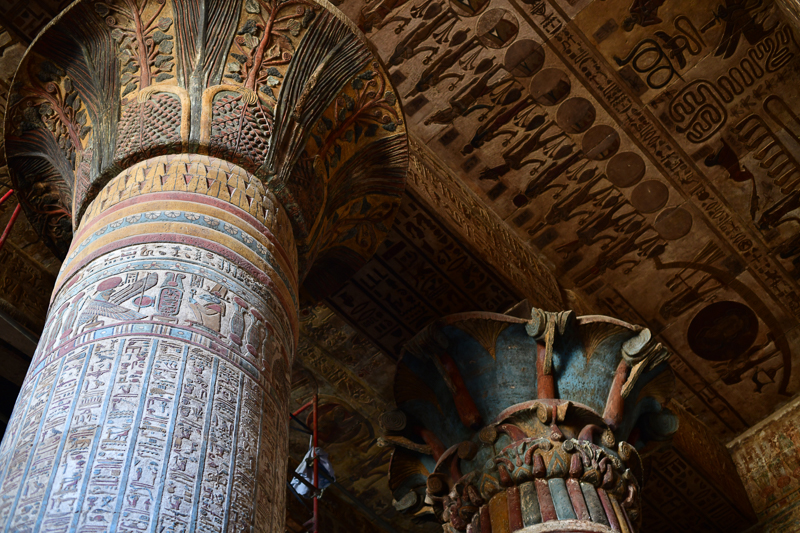
Column capitals, Esna, Temple of Khnum. (Photo: Panegyrics of Granovetter via Wikimedia Commons, CC-BY-SA 2.0)
Scholars believe the temple’s decorations, though added over centuries, followed a unified master plan.
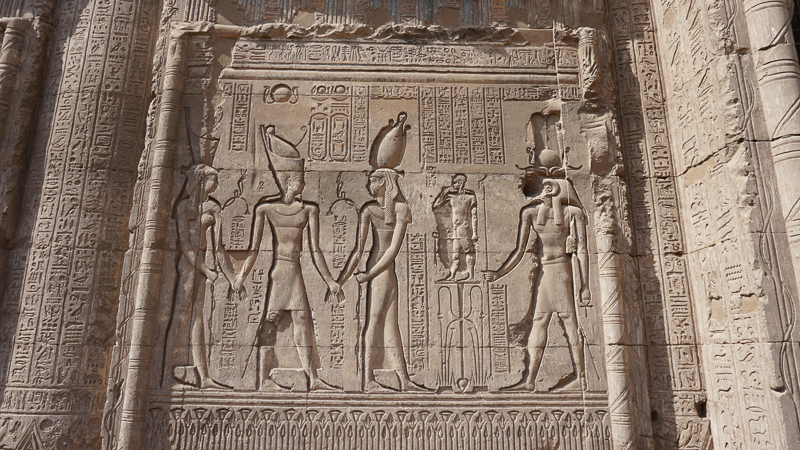
Temple of Khnum in Esna, Egypt. (Photo: Elias Rovielo via Flickr, CC-BY-NC-SA-2.0)
Sources: Cleaning a Millennium of Sand and Soot Egyptologists Reveal Ancient Creation Myth in Exquisite Artwork; An Egyptian Temple Reborn; Conservation of the Temple of Esna
Related Articles:
Ancient Egyptian Drawing Now Theorized To Represent the Milky Way’s Great Rift
Researchers Discover the First Royal Tomb of an Ancient Egyptian Pharaoh in Over a Century
Archeologist Uses 3D Models To Create the Parthenon’s Original Interior

























